An interview with a Swiss Master of Cheese
When you think of Swiss cuisine, what’s the first thing that comes to mind?
Give me two guesses and I can probably read your mind: you’re thinking of either chocolate or cheese.
If it’s the latter, today’s post is for you. Because I’ve got a Master Cheesemaker here to give you the skinny on all things Swiss cheese – from fondue to bloderkäse. Onto the interview we go…
About Niklaus Stagelmann, Master of Cheese
I was born into a farming family with 15 siblings in the town of Meierskappel in 1945. Even as a child, I worked on the farm at home, getting to know the origin and production of milk as a basis for cheese-maker training. At the age of 16, I started a three-year apprenticeship program in cheese making, working in three different Emmentaler cheese factories.
Back then, the dairies weren’t really mechanized, so there was a lot of manual labor. The individual cheeses weighed 160 – 240 pounds and were stored overhead. So you can imagine the physical labor.
In spring 1964, I graduated and started working in dairies. In 1969, I passed my exams at Dairy School Sursee and was appointed Master Cheesemaker.
After that, I ran a cheese factory with my wife for 10 years before taking over the Käserei Stofel (Stofel Dairy) in Unterwasser. Milk was and is our passion. For 20 years, we’ve specialized in cow’s milk, goat’s milk, and sheep’s milk. Then, 10 years ago, I handed the business over to my son, Thomas, who continues to run it to this day. Finally, eight years ago, my wife and I founded the Käseakademie Schweiz GmbH (Swiss Cheese Academy), where we offer workshops in cheese making as well as cheese pairings (with wine, beer, etc.).

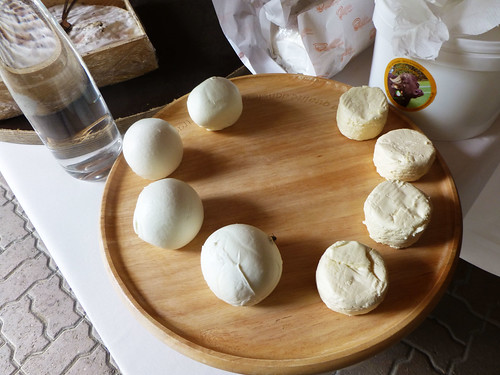
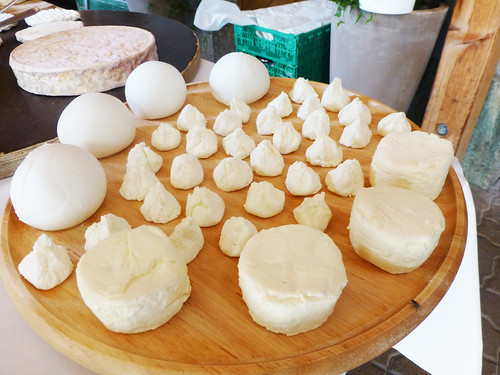
Swiss cheese basics
My first suggestion is to try a Swiss cheese or two (like Columbia Cheese in New York City) before you leave home. This will get your palette used to our cheeses, which are ripened naturally and produced without additives.
So, what’s the process without additives? First, we start with cow’s milk, obtained from healthy cows twice a day. Then we use a coagulation enzyme called Lab2, which is required for the production of cheese. Then we use salt (NaCI), submerging freshly produced cheeses in salt water for hours. The cheeses are also regularly rubbed with salt water throughout the ripening process.
When you’re tasting cheese (or anything, really), it’s important to use all your senses. Take the time to really look at, smell, taste, and—yes—even listen during your cheese tasting experience. Also, cheese tasting should also always be done in the right order—from mildest to strongest.
Warm Swiss cheese dishes
First, there’s fondue, which is a dish where several kinds of cheese are melted in wine and scooped up with small pieces of bread on a fondue fork.
Next: raclette, which is melted on a grill or griddle fire and eaten with potatoes and a variety of mixed pickles and fruit.
Then, there’s käsesuppe (cheese soup), which is eaten with a spoon and is similar to fondue, only much more diluted. This is an excellent starter before a meal.
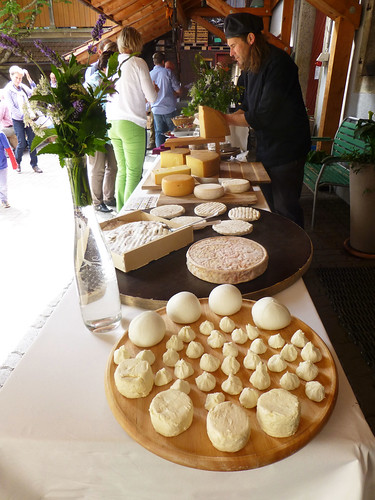
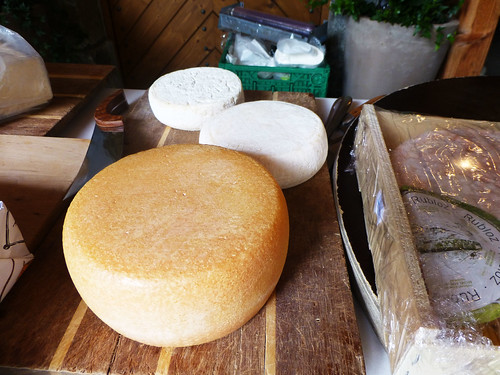
Cold cheese dishes
One thing that’s important to note is that “cold” cheese should be served at room temperature. This means that cheese stored in the fridge should be taken out early enough to warm up. The rule is one hour per 100 grams, which means a 200-gram chunk should be taken out of the fridge two hours before serving.
Cold (room temperature) cheese dishes include käseplatten (a platter to share), käseteller (a plate for one), and käse- portion (a snack-sized piece of cheese).
In Switzerland, there are a number of dairies designed for tourism and connected to some sort of tasting/gastronomy facility. In other dairy farms, hygiene regulations are very strict and visitors require a great effort (so if you want to visit a dairy, your best bet is a tour in one of the tourism-ready ones).
Where to travel for Swiss cheese
For cheese connoisseurs, I recommend the Toggenburg region, which is a center of excellence in Swiss cheese-making. In this area, almost all Swiss cheeses are produced commercially. The Käseakademie Schweiz is located here as well.
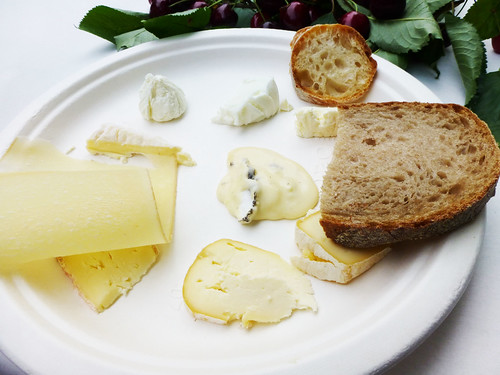
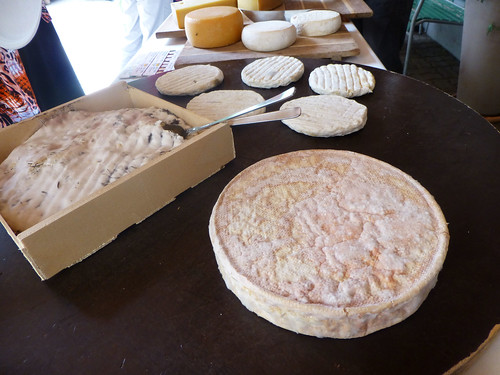
Unique cheese experiences
There are some cheeses in Switzerland that are forgotten or ancient (or both). The world-famous Slow Food Association promotes and protects products, including the almost-forgotten bloderkäse (a slightly sour tasting cheese) and schlipferkäse (a slippery cheese with herbs and seasonings).
Then there is a group of sour-milk cheeses, which were actually the indigenous forms of cheese, rarely seen outside their regions. These include the bloderkäse (mentioned above) from the high altitudes of the Toggenburg region. It’s a very healthy cheese, high in protein, easily digested, and containing almost no fat.
A cheesy Swiss itinerary
If you are planning a cheese-themed trip, Switzerland’s discovery trails are ideal (cheese-themed trails include Chemin du Gruyère: The Swiss Chocolate and Cheese Trail and the Emmen Valley Cheese Trail). I know I’m biased, but I think a visit to our Käseakademie Schweiz (our Swiss Cheese Academy) is also a good choice for the cheese-lover.
Tips for the best cheese-tasting experience
Remember: cheese must be at room temperature. In Switzerland, we have a large selection of local breads, which can be eaten with our cheese to great effect. You can also pair cheese with fruit (which should be mature and sweet), sweet jams, and fruit juices. And if you’re tasting at a dairy, ask the farmer for fresh milk, which always pairs well with cheese. As for cheese and chocolate, the darker the chocolate, the better the pairing will taste.
Final notes & other tips
Our cheese variety in Switzerland is huge and includes cheeses made with cow, goat, sheep, and buffalo milk. We have creamy cheeses in many forms (with or without herbs or spices), soft cheeses with edible weissschimmel (white mold) or geschmierter (lubricated) rinds, semi-hard cheeses, hard cheeses (including emmentaler and gruyère), and extra hard cheeses (like sbrinz, hobelkäse, and alpkäse).
Find Niklaus at kaeseakademie.ch and his son’s dairy at bergmilch.ch.
Love this interview? Here are two more to tell you what to eat in Switzerland and where to eat it.
